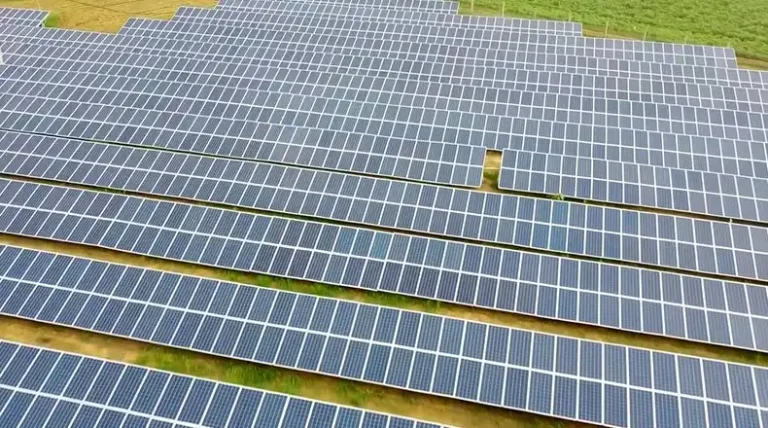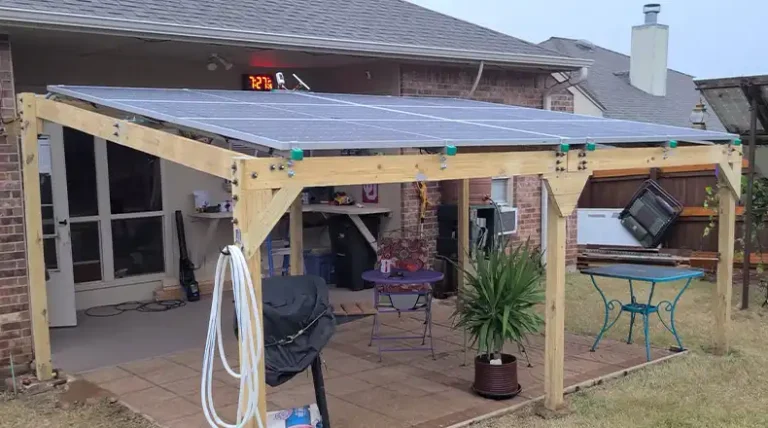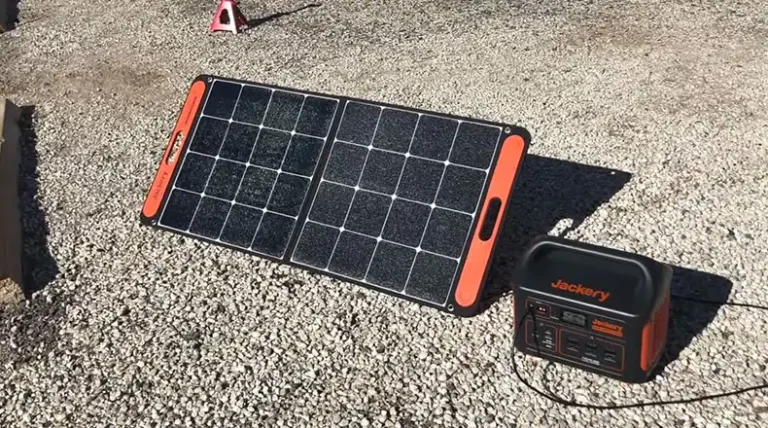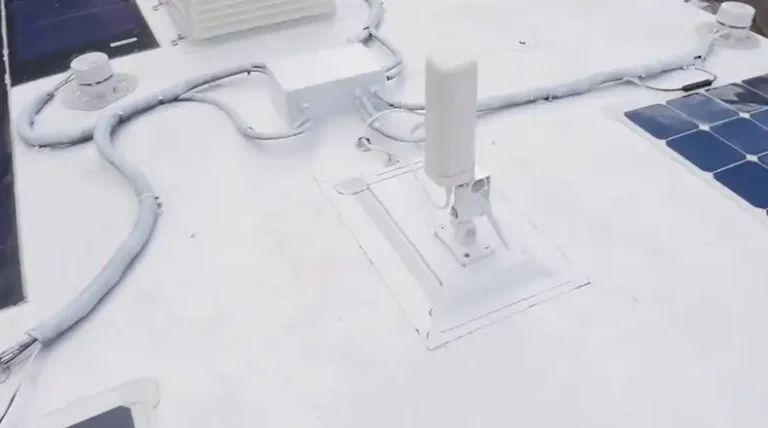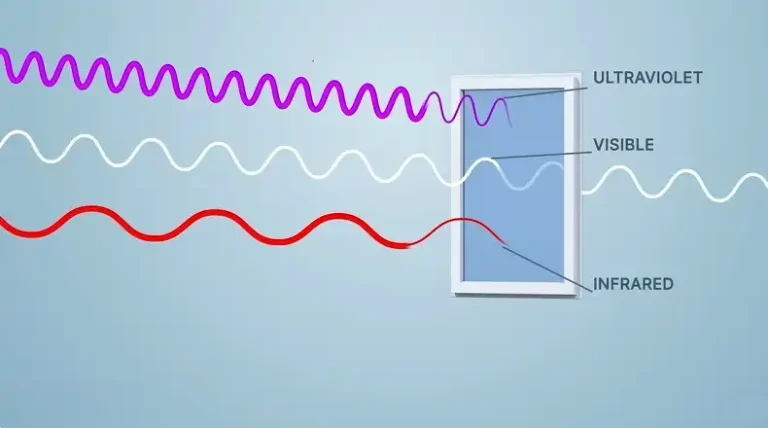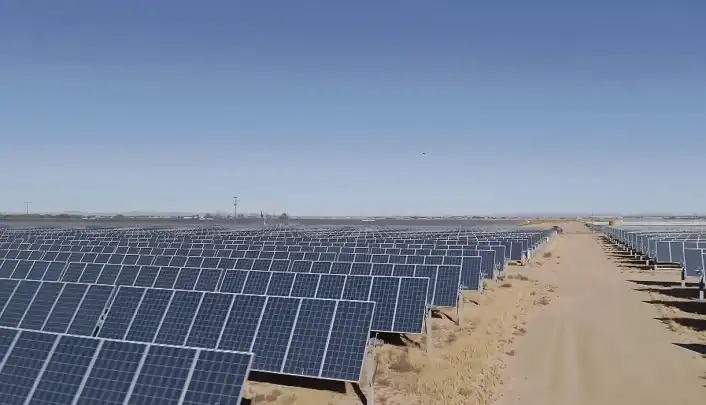Monocrystalline Solar Panel Installation Cost
Harnessing the power of the sun is becoming increasingly popular, and for good reason. Solar energy is a clean, renewable, and cost-effective way to power your home. When it comes to choosing solar panels, monocrystalline panels stand out as the most efficient option, but what about the cost? Today, I will get into the world of monocrystalline solar panel installation costs, ensuring you have all the information you need to make an informed decision.
In short, it can cost anywhere from $1 to $1.50 per watt. For a more detailed rundown, please read on.
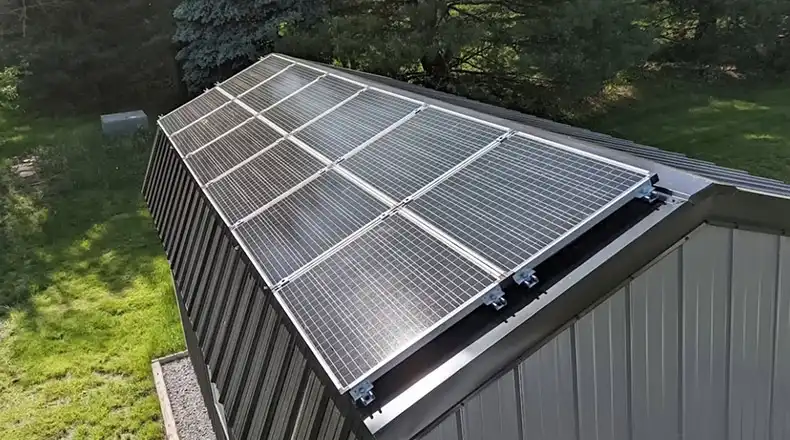
What is a Monocrystalline Solar Panel
Monocrystalline solar panels are made from a single silicon crystal, giving them a distinctive black appearance. They are considered the most efficient type of solar panels, with average module efficiencies of around 18-22%. Key terms to understand include:
- Watt – measurement of electrical power
- Kilowatt (kW) – 1,000 watts
- Panel efficiency – the ratio of sunlight converted to electricity
Benefits of Monocrystalline Panels
The benefits of monocrystalline solar panels include higher space efficiency, performance in low light, and energy yield over time. Drawbacks can include slightly higher initial cost and faster degradation than polycrystalline panels. We’ll compare monocrystalline panels in more detail to other types like polycrystalline and thin film further on. The future remains bright for monocrystalline technology as production costs decrease and efficiencies continue to reach new heights through ongoing R&D.
Factors Affecting Monocrystalline Solar Installation Costs
Several important factors determine the final installation price of a monocrystalline solar panel system. Firstly, system size impacts costs significantly, with larger systems typically realizing lower prices on a cost-per-watt basis. For example, a 10 kW system may average $2.50 per watt while a 2 kW system may be $3.50 per watt.
Panel model and efficiency rating also impact price, with high-end panels from leading brands understandably costing more. Location affects labor and permitting costs based on wages and solar incentives in that region. Roof type plays a role as well, with pitched/sloped roofs much simpler to mount panels on versus flat commercial installations. Any electrical upgrades or structural reinforcement required will add to costs too.
National Average Monocrystalline Solar Installation Cost Breakdown
The total average price range nationally for monocrystalline solar panel systems is about $1.50 to $2.50 per watt, including equipment and soft costs. Direct hardware costs make up about 35-50% for panels, inverters, and racking gear. Soft costs like permits, financing fees and labor represent 50-65% on average. Additional expenses could include monitoring systems for $500+ or battery storage starting around $5,000.
System Size Cost Examples
Let’s examine the average costs for different system capacities:
- 2 kW system: $4,000 – $7,000
- 4 kW system: $7,500 – $12,000
- 6 kW system: $11,000 – $18,000
- 10 kW system: $17,500 – $30,000
As shown, the per-watt price indeed drops significantly for larger residential systems. Commercial projects realize even greater economies of scale, especially over 100 kW sizes.
Detailed Component Cost Breakdown
Now we’ll break down estimated prices for individual parts of a monocrystalline installation:
Panels: $100-$350 per panel. Factors include brand, wattage rating, physical size, panel technology, and length of warranty. High-efficiency SunPower X-Series run $240+ each for example.
Inverters: Essential for converting DC output into AC power, prices range immensely. String inverters are $200-$2,500 depending on capacity. More complex microinverters run $200-$300 each, with one attached to every panel.
Racking: This mounting structure holds panels in place, typically adding $300-$1,000 in costs depending on roof size/type and construction materials like aluminum or galvanized steel.
Wiring: Electrical connections between panels, inverters and breaker box. Copper wiring costs $600+ for required gauge sizes and to integrate sensors. Conduit and labor adds significantly too.
Permits/Inspection: Non-hardware “soft costs”, but $500+ on average for application fees, surveys, and official green lights. Varies by city/county.
Monocrystalline Panel Types & Pricing
While broadly categorized as monocrystalline technology, there are some key variations when it comes to panel composition that affect both efficiency and price:
Traditional Mono-Si Panels: Your standard monocrystalline panel using a single cylindrical silicon crystal. Good balance of efficiency and affordability at $150-$240 per panel.
PERC Panels: By adding a rear contact layer, PERC panels enhance internal reflection, capturing more photons and boosting efficiency to 18-22%. However, PERC upgrades come at a premium – expect to pay $300-$500 per panel.
Bifacial Panels: The unique dual-sided design allows bifacial panels to generate energy from both direct and reflected sunlight. Well-suited for ground installations with $300-$500 per panel costs.
Monocrystalline Panel Pricing for Different Brands
Solar panel pricing can vary widely depending on the manufacturer. Typically you can expect to pay a premium for established brands known for quality, performance, and reliability. For instance, SunPower’s high-efficiency X-Series home solar panels retail around $240 per panel but come with superior 25-year warranties. LG, Panasonic, and certain Suniva panels also reside at the upper end of around $200 per panel. Comparatively, budget panels from Hanwha Q Cells, Jinko or Canadian Solar can retail closer to $100-150 per panel, making them more attractive to cost-conscious homeowners planning solar installs. Ultimately you have to weigh the long-term power production, lifespan expectancy, and savings against the upfront costs. Here’s a quick brand price comparison:
| Brand | Average Panel Price |
| SunPower | $240+ |
| LG | $210 |
| Panasonic | $195 |
| Suniva | $175 |
| Silfab | $150 |
| Mission Solar | $140 |
| REC | $115 |
| Hanwha Q Cells | $100 |
| Jinko | $100 |
| Canadian Solar | $80 |
Financing Your Monocrystalline Solar Installation
Cash Purchase: Biggest upfront cost, but pays for itself quicker without financing fees.
Loans: Secured/unsecured loans in the 3-8% range. Unsecured loans depend more on credit score.
Solar Leases and PPAs: $0 down options where a solar company owns the system. The customer buys the power produced monthly/20-year contract.
Rebates & Tax Credits: Federal solar tax credit offers 26% of system cost back. Many state/city/utility incentives are available too.
Maximizing Value and Savings
Choosing high-efficiency monocrystalline panels ensures maximum production potential in available roof space. Activating net metering to sell back excess power to the grid can lead to $100+ annual savings. Reducing household energy use further maximizes solar system offset potential. Best practice panel cleaning yearly and monitoring system performance helps maintain optimal output.
Alternatives to Monocrystalline Solar Panels
Polycrystalline solar panels offer lower efficiency (15-17%) but cost 10-20% less in most cases. Thin-film solar cells can be made very flexible for unique applications, although usually top out with around 15% efficiency ratings. For homeowners without suitable roof space, community solar programs allow buying into shared solar installations remotely.
Here’s a quick comparison to help you understand where monocrystalline panels stand:
| Panel Type | Efficiency | Cost per Watt | Pros | Cons |
| Monocrystalline | 18-22% | $1-$1.50 | High efficiency, durable, long lifespan | Higher cost, lower shade tolerance |
| Polycrystalline | 15-17% | $0.90-$1.20 | Lower cost, slightly better shade tolerance | Lower efficiency, less uniform appearance |
| Thin-film | 7-13% | $0.70-$1.00 | Flexible, lightweight | Lower efficiency, shorter lifespan |
Finding the Right Solar Installer
Vet each potential contractor thoroughly by checking certifications, online reviews, and Better Business Bureau ratings. Accreditations to look for include NABCEP solar certification. Always compare bids from at least 3-4 installers to help negotiate the best deal. Double-check capabilities and experience specifically with monocrystalline panel installations.
Conclusion & Next Steps
I’ve covered all the key factors regarding monocrystalline solar panel system costs – both financial considerations and project execution. Online tools like EnergySage’s Solar Calculator can provide free estimates tailored to your location/electricity costs. We encourage you to contact local solar installers for quotes as your next step. Monocrystalline panel technology provides an outstanding pathway into clean, renewable energy.
FAQs and Answers
What incentives or tax credits can I utilize for monocrystalline solar panel installation?
The current federal solar tax credit offers a 26% tax credit for systems installed through 2032. Many local and state governments also offer additional solar incentives like rebates, property tax exemptions, solar renewable energy credits (SRECs), and performance-based incentives that can improve ROI.
Does panel efficiency rating matter more than the number of solar panels?
Ideally, you want a balance between efficiency and quantity. The number of panels correlates directly to system size/production capacity. However, higher-efficiency panels can achieve the same output with less roof coverage. Compare multiple quoting options to optimize for efficiency rating, size, and budget.
Is it better to buy solar panels outright or use a solar loan?
Cash purchases avoid paying financing fees and charges, achieving full ownership faster. But solar loans allow spreading costs over 10-25 years, leading some to opt for low-interest loan financing over hefty upfront payments. Crunch the numbers in detail for your situation to determine the optimal financial path.
What kind of electrical upgrades might be required for a solar installation?
Depending on your existing electrical panel’s capacity, you may need upgrades like a new breaker box, thicker wiring, additional circuits or a service panel upgrade to handle the solar influx. Electrical assessments help determine requirements in advance to avoid surprise costs.
What kind of structural reinforcement is needed to support solar panels?
Unless your roof is extremely outdated, structural upgrades are rarely needed for standard residential solar arrays. Panels add 3-5 lbs per square foot—comparable to a layer of shingles. Inspections assess any load bearing or other special steps needed in advance for flat roofs or weaker structures.

